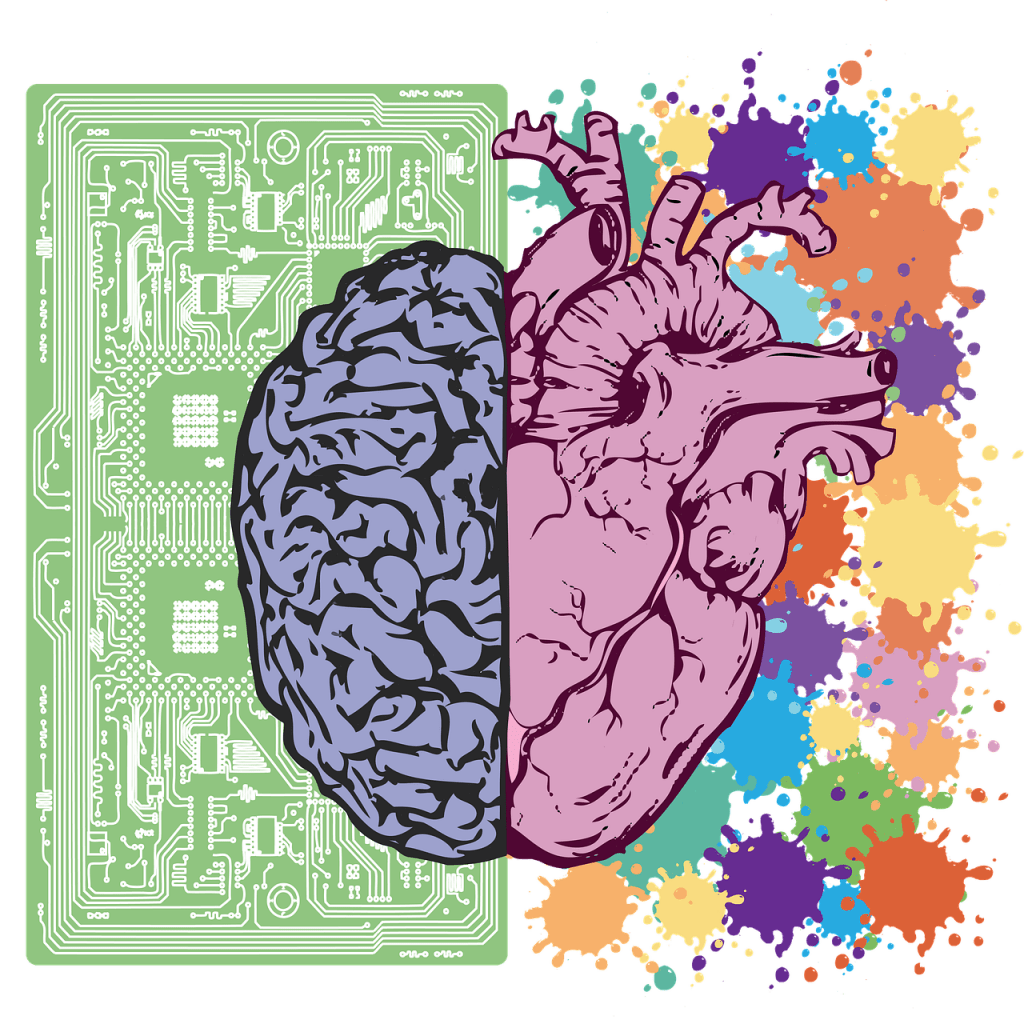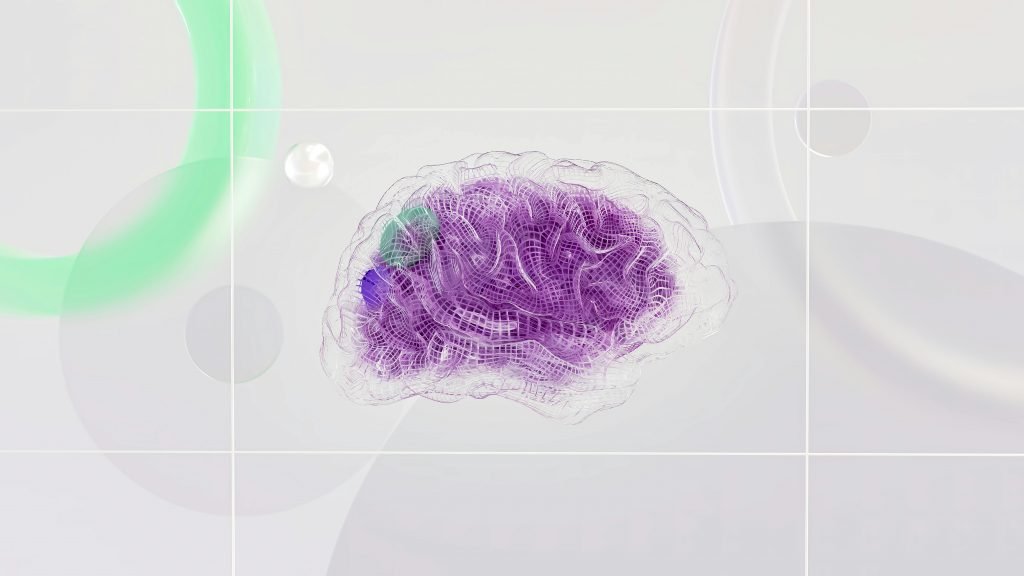What is Dysautonomia? | Understanding Symptoms, Causes, and Treatment
Dysautonomia In Depth What is Dysautonomia? The autonomic nervous system (ANS) is responsible for regulating many of the body’s automatic functions—things we often take for granted, like maintaining a steady heart rate, digesting food efficiently, and keeping blood pressure in balance. When this system malfunctions, the consequences can be profound, leading to a group of […]
What is Dysautonomia? | Understanding Symptoms, Causes, and Treatment Read More »





